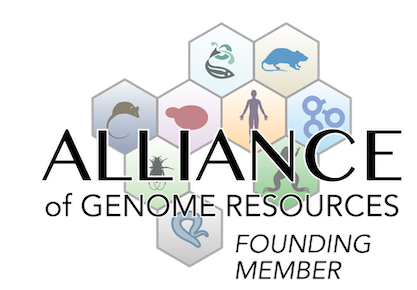reproductive system
azoospermia
(
J:370390
)
 |
• sperm are completely absent in the epididymis at P60 and no spermatids are present in the seminiferous tubules
• spermatocytes are absent in the lumen of some seminiferous tubules at P14 and in mature males, but not at P13
|
 |
• spermatocytes exhibit impaired homologous recombination and have unstable recombination intermediates and fail to form crossovers
• number of PLK1 foci on synaptonemal complex is increased in spermatocytes and the number of CDK1 foci is decreased, suggesting that synaptonemal complex disassembly is possibly defective in spermatocytes
|
small testis
(
J:370390
)
 |
• smaller testes in 2-month-old mice
• both testis weights and testis weight/body weight ratio are reduced in P14 mice but not at P12 or P14
|
 |
• spermatogenesis is arrested at the pachytene stage in mature males and apoptotic cells are seen
• spermatocytes are absent in the lumen of some seminiferous tubules at P14 and in mature males, but not at P13
|
 |
• spermatocytes undergo meiotic arrest at the mid-pachytene stage but exhibit normal double-strand break formation
|
endocrine/exocrine glands
small testis
(
J:370390
)
 |
• smaller testes in 2-month-old mice
• both testis weights and testis weight/body weight ratio are reduced in P14 mice but not at P12 or P14
|
cellular
azoospermia
(
J:370390
)
 |
• sperm are completely absent in the epididymis at P60 and no spermatids are present in the seminiferous tubules
• spermatocytes are absent in the lumen of some seminiferous tubules at P14 and in mature males, but not at P13
|
 |
• spermatocytes exhibit impaired homologous recombination and have unstable recombination intermediates and fail to form crossovers
• number of PLK1 foci on synaptonemal complex is increased in spermatocytes and the number of CDK1 foci is decreased, suggesting that synaptonemal complex disassembly is possibly defective in spermatocytes
|
 |
• spermatocytes undergo meiotic arrest at the mid-pachytene stage but exhibit normal double-strand break formation
|



 Analysis Tools
Analysis Tools